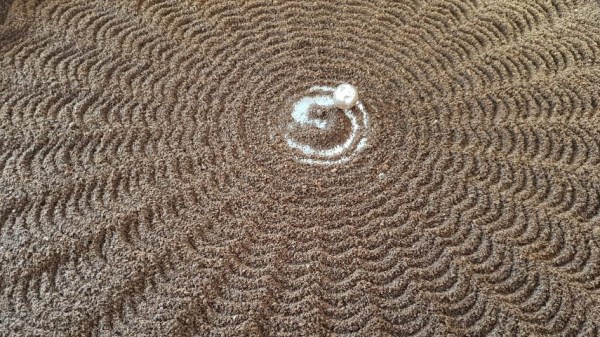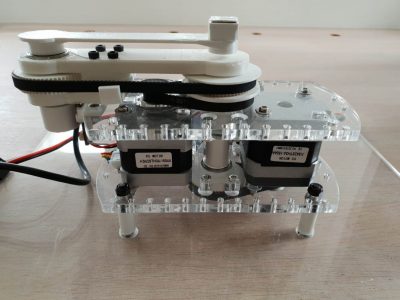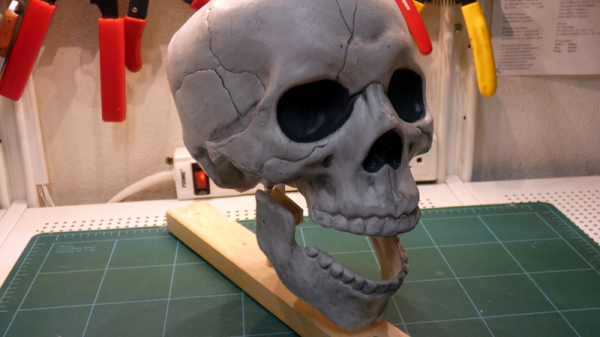File this one away for your mad scientist costume next Halloween: [bitluni]’s Pocket Jacob’s Ladder is the perfect high voltage accessory for those folks with five dollars in parts, a 3D printer, and very big pockets.
[bitluni]’s video shows you all the parts you’ll need and guides you through the very simple build process. For parts, you’ll require a cheap and readily-available high-voltage transformer, a battery holder, some silver wire for the conductors, and a few other minor bits like solder and a power switch.
Once the electronics are soldered together, they’re stuffed inside a 3d printed case that [bitluni] designed with FreeCAD. The FreeCAD and STL files are all available on Thingiverse. We’re not sure what type of jar [bitluni] used to enclose the electrodes. If your jar isn’t a match, you’ll have to get familiar with FreeCAD or start from scratch with your favorite CAD package.
Either way, we enjoy the slight nod toward electrical safety and the reuse of household objects for project enclosures.
If you’re interested in a Jacob’s Ladder with significantly higher voltage we’ve got you covered, or we’ve also written about another tiny portable Jacob’s Ladder.
The full video is embedded after the break.
Continue reading “Pint-sized Jacob’s Ladder Packs 10,000 Volts In A Pickle Jar”

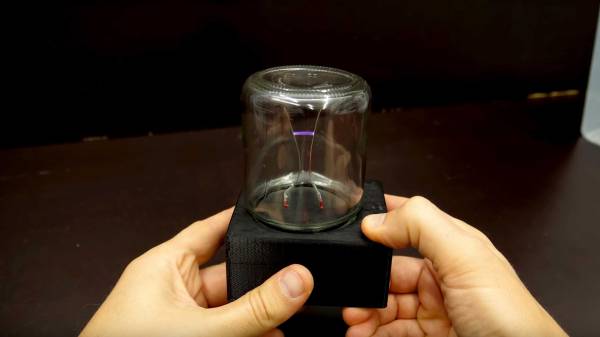
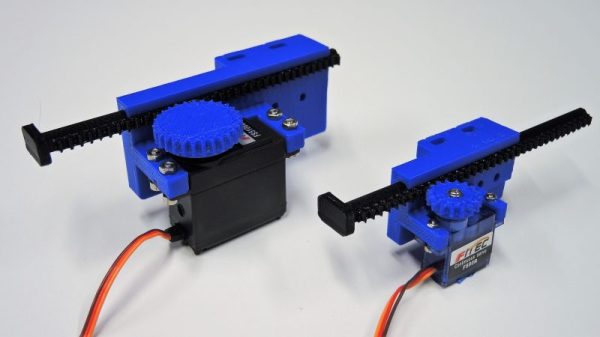
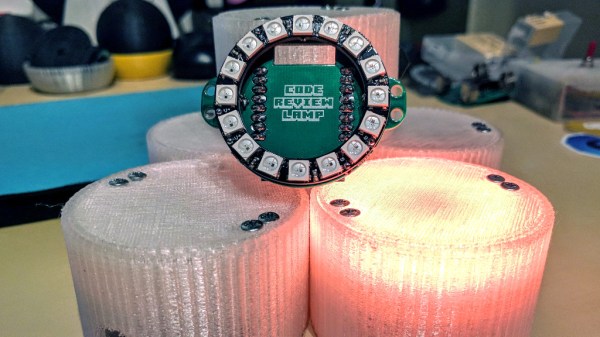
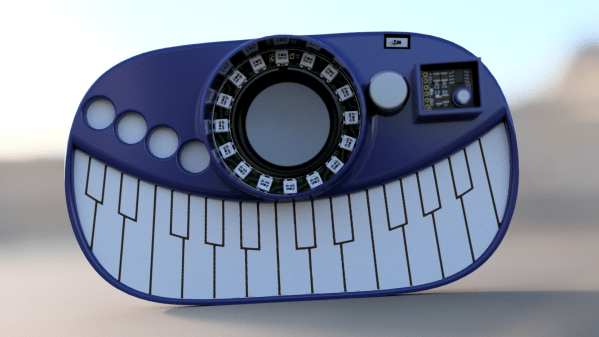
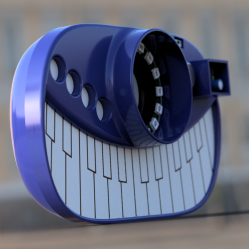 The unit’s stylus and PCB key interface resemble a
The unit’s stylus and PCB key interface resemble a 



